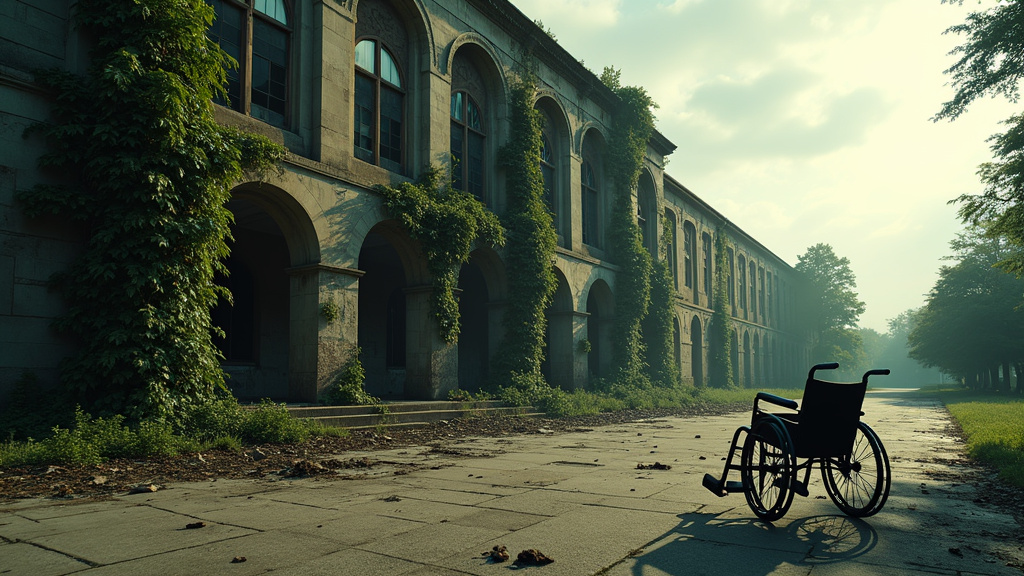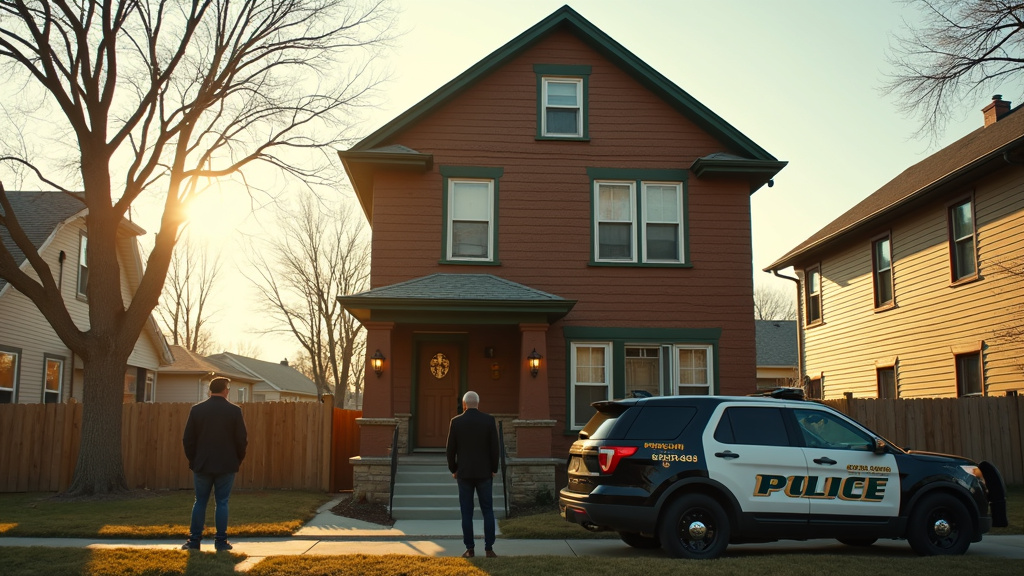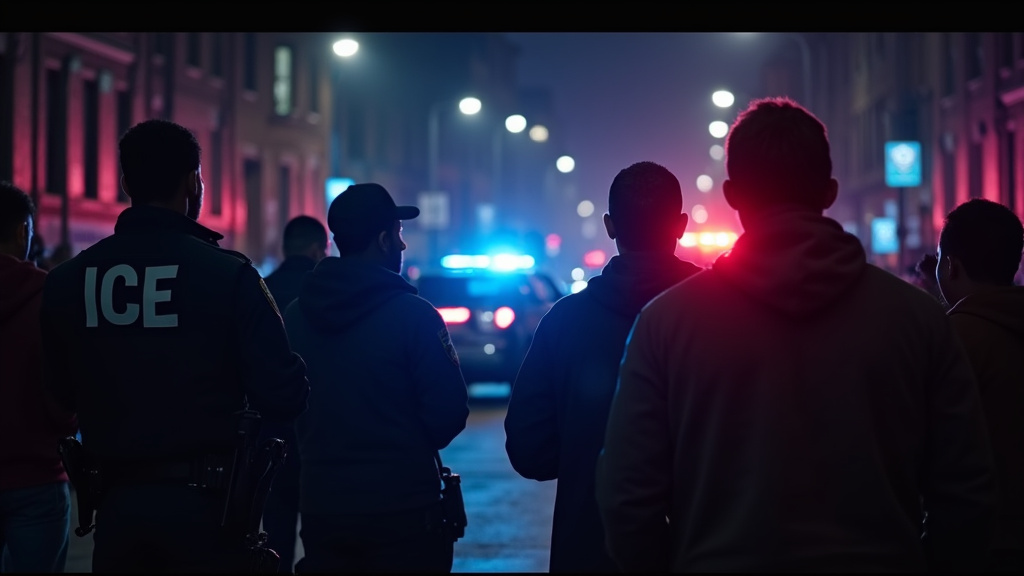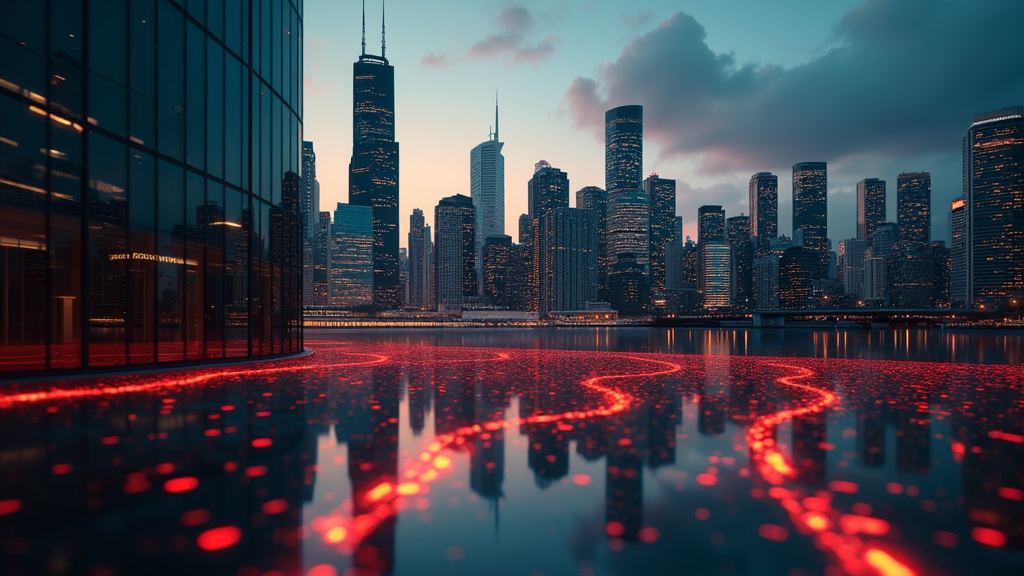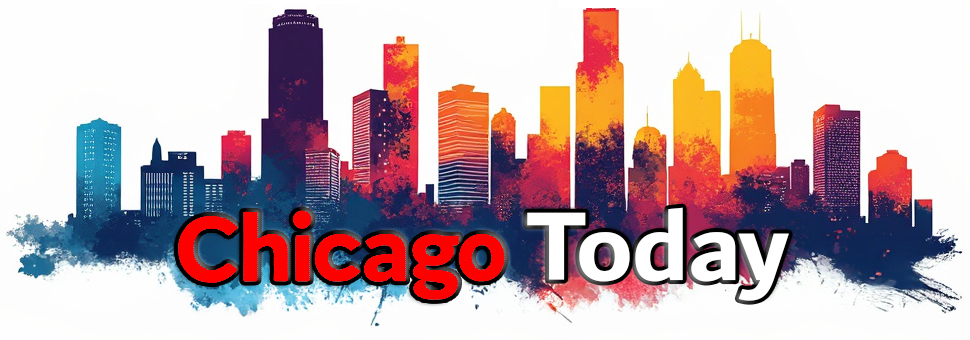Body camera footage released from a recent fatal shooting involving a federal immigration agent in the Chicago area reveals the agent describing his own injuries as “nothing major,” a stark contrast to earlier characterizations by Department of Homeland Security (DHS) officials who stated the officer was “seriously injured.” The incident, which occurred on September 12 in suburban Franklin Park, has amplified concerns over federal immigration enforcement tactics and transparency.
The Incident and Discrepant Accounts
The shooting involved Silverio Villegas González, a Mexican immigrant, during a traffic stop initiated by U.S. Immigration and Customs Enforcement (ICE) agents. According to DHS statements, Villegas González resisted arrest, attempted to flee, and drove his car at officers, dragging one agent a significant distance and forcing the agent to fire his weapon out of fear for his life.
However, nearly three hours of Franklin Park Police body camera footage, obtained by The Associated Press, captures the injured agent minimizing his condition. While wearing torn jeans with blood on them and a bullet-resistant vest, the agent described a left knee injury and some lacerations to his hands as “nothing major” to fellow officers. This statement stands in contrast to DHS Assistant Secretary Tricia McLaughlin’s September 14 release which prayed for the officer’s “speedy recovery” and noted he sustained “multiple injuries”. Homeland Security Secretary Kristi Noem had also stated the officer’s “life was put at risk and he sustained serious injuries”. Federal officials have indicated that ICE agents involved in the encounter were not wearing body cameras themselves.
Context: A Heightened Immigration Crackdown in Chicago
The shooting occurred amidst a significant federal immigration crackdown in the Chicago area, dubbed “Operation Midway Blitz” and “Operation At Large.” This surge in enforcement has led to substantial increases in arrests. Federal officials reported nearly 550 arrests as part of the broader operation in the Chicago area. Data indicates a 59 percent rise in Illinois arrests between January and July of the current year compared to the previous year, with detentions at processing centers surging by 185 percent. This heightened activity has drawn criticism from local officials, including Illinois Governor J.B. Pritzker, who have described the tactics as overly aggressive and more for show than for public safety.
Demands for Transparency and Investigation
Calls for greater transparency and a thorough investigation have been voiced by prominent figures and organizations. U.S. Representative Jesus “Chuy” Garcia, a Chicago Democrat, stated, “We want answers to questions that we have raised. The family is entitled to it. The community wants to know what is going on, and the public deserves answers as well.”. Governor Pritzker has publicly criticized the federal government’s lack of transparency regarding the investigation into the shooting, noting that state and local resources cannot investigate federal law enforcement agencies. The Mexican Consulate General in Chicago is also closely monitoring the investigation.
Immigrant rights advocates and organizations, such as the Illinois Coalition for Immigrant and Refugee Rights, have pointed to this incident as evidence of an “out of control” deportation machine under the Trump administration. Concerns about ICE’s history of use of force are also being raised; between 2015 and 2021, ICE officers reportedly fired their weapons 59 times, resulting in 23 deaths and 24 injuries, with no documented indictments.
Victim’s Background and Community Reaction
Silverio Villegas-Gonzalez, 38, was a cook and father of two who had reportedly just dropped off one of his children at daycare on the morning of the shooting. His family, in a fundraising message, described him as a man of “warmth, resilience, and deep compassion” who “always extended a helping hand”. Witnesses and neighbors at vigils remembered Villegas-Gonzalez as a kind family man. While DHS described him as an “undocumented immigrant with a history of reckless driving,” his attorney noted that past traffic violations did not involve criminal violence.
The incident and the subsequent release of body camera footage have deepened the divide and mistrust surrounding federal immigration operations in the Chicago area, fueling ongoing debate about accountability, use of force, and the impact of such enforcement actions on communities of color. Federal and local investigations into the shooting are ongoing.




